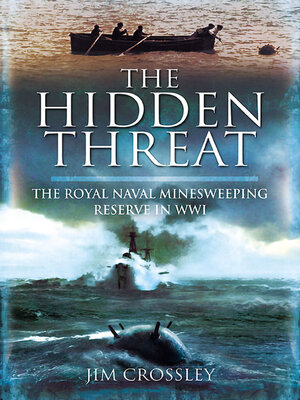
Sign up to save your library
With an OverDrive account, you can save your favorite libraries for at-a-glance information about availability. Find out more about OverDrive accounts.
Find this title in Libby, the library reading app by OverDrive.



Search for a digital library with this title
Title found at these libraries:
| Library Name | Distance |
|---|---|
| Loading... |
It is not widely remembered that mines were by far the most effective weapon deployed against the British Royal Navy in WW1, costing them 5 battleships, 3 cruisers, 22 destroyers, 4 submarines and a host of other vessels. They were in the main combated by a civilian force using fishing boats and paddle steamers recruited from holiday resorts. This unlikely armada saved the day for Britain and her allies. After 1916, submarine attacks on merchant ships became an even more serious threat to Allied communications but submarines were far less damaging to British warships than mines.This book contains the following:Mines in WWIMain cause of ship losses; The Konigin Louise; Loss of Amphion; The Berlin; Loss of Audacity; Losses in the Dardanelles; The Meteor; German mines and how they worked; Minefields - British and German; Fast minelayers; Submarine minelayers.Formation of RNMRPersonnel and discipline; Sweeping technique and gear; Trawlers and drifters; Paddlers; Fleet minesweepers; Sloops.ActionsEast Coast and the Scarborough Raid; Dardanelles; Dover Straight; Mine ClearanceSome Typical IncidentsMine strikes and Mine sweeping.StatisticsMines swept; Ships lost; Minesweepers lost.







